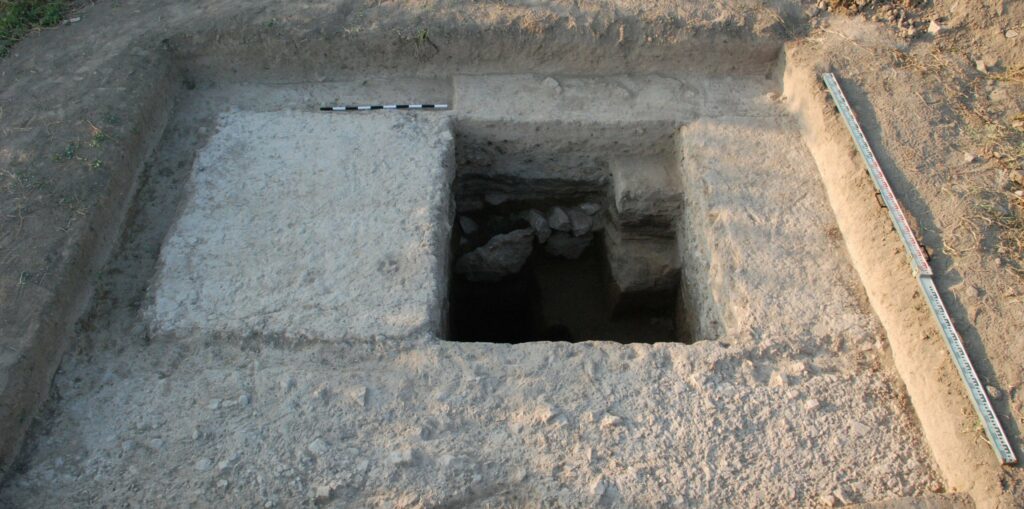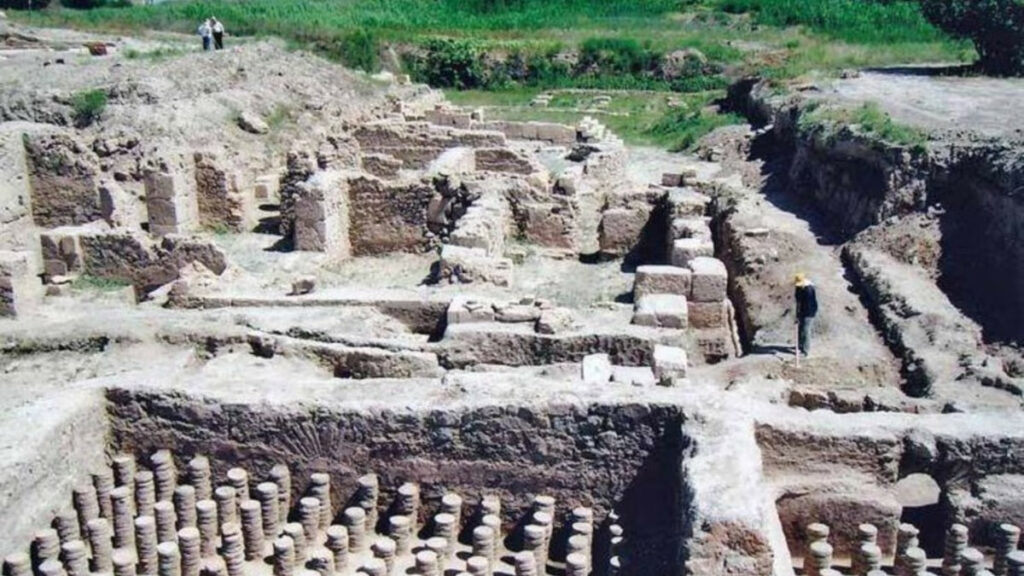In a significant archaeological discovery, researchers from the University of Münster and the National Academy of Sciences of the Republic of Armenia have unearthed the remains of a Roman arched aqueduct within the ancient Hellenistic royal city of Artashat-Artaxata in Armenia. This aqueduct holds the distinction of being the easternmost example within the Roman Empire.

The Excavation and Historical Context
The excavation work, carried out in 2019, has revealed a compelling story of unfinished Roman ambitions in Armenia. According to Professor Achim Lichtenberger from the University of Münster, “The monumental foundations are evidence of an unfinished aqueduct bridge built by the Roman army between 114 and 117 CE.” This period marked the brief territorial peak of the Roman Empire, with Emperor Trajan attempting to assimilate Armenia as a province.

The Unfinished Aqueduct: A Symbol of Failed Imperialism
However, the aqueduct’s construction was abruptly halted following the death of Emperor Trajan in 117 CE. His successor, Hadrian, decided to relinquish the province of Armenia, leaving the aqueduct incomplete. This unfinished structure now stands as a symbol of the failure of Roman imperialism in Armenia.
A Multidisciplinary Approach to Excavation

The research team employed a multidisciplinary approach during their excavation, combining techniques from archaeology, geophysics, geochemistry, and archaeoinformatics. The process began with a geomagnetic examination of the Hellenistic metropolis of Artaxata in the Ararat Plain, where anomalies in the landscape were surveyed and mapped out. The conspicuous dotted line revealed by the survey was further analyzed through sondages and meticulously documented in three dimensions.
Ongoing Research and Cultural Interactions
Since 2018, a collaboration of German and Armenian scientists has been researching the Hellenistic metropolis of Artaxata. Led by Achim Lichtenberger, Mkrtich Zardaryan, and Torben Schreiber, this ongoing research project aims to explore the newly established Hellenistic royal city and unravel the complex cultural interactions between Central Asia, Iran, and the Mediterranean region within this historically rich area.
The discovery of the unfinished Roman aqueduct in Armenia offers a fascinating glimpse into the complex history of the region and the failed imperial ambitions of the Roman Empire. As research continues, more light will be shed on the cultural interactions and historical events that shaped this ancient city.

